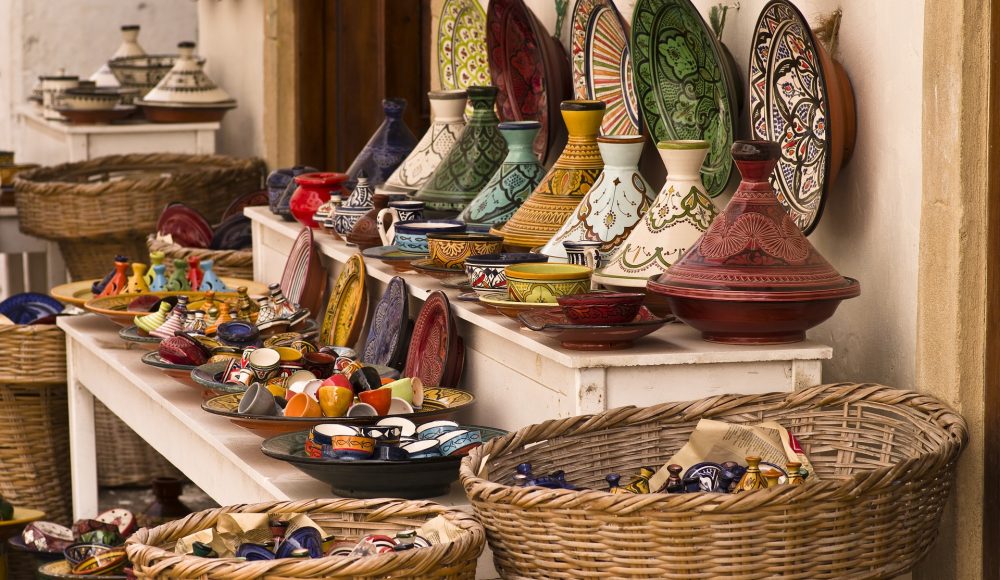The Green Morocco Plan
5th June 2017

In 2012, the European Investment Bank (EIB) loaned €42.5 million to Morocco under the Green Morocco Plan. The aim of this plan was to develop modern farming techniques while ensuring that water resources be effectively and sustainably managed.
2012 was a marquee year for investment in Morocco, with nearly €1 billion signed for 12 projects in a broad range of sectors including agriculture, transport, energy, telecoms, urban infrastructure and industry. The EIB is the leading investor in the Mediterranean region through a programme called Facility for Euro-Mediterranean Investment and Partnership (FEMIP).
The agriculture and agribusiness sectors that the Green Morocco Plan invests in contribute 19% of Morocco’s national GDP. The sectors combined employ over 4 million people.
The plan faced many difficulties, such as low investment in the sector, poor utilisation of production techniques, poor organization, inadequate supervision, poor crop rotation, land fragmentation and limited water resources.
Annual rainfall averages about 365 millimeters per year in Morocco. Rainfall levels fluctuate between seasons and fall below the average on most days. The highest rainfall levels are between the months of October and April which means the window for growing crops is quite short, so managing the water resources available is crucial.
The plan involves water conservation, land ownership and the mobilization of investments, training farmers in technologies such as agri-meteorological services and modern methods of irrigation. The production of main crops in lands irrigated properly has witnessed a marked improvement. Increased use of farming inputs such as suitable fertilisers has also helped.
77% of Morocco’s irrigated lands still receive water through surface irrigation methods. The plan aims at conserving irrigation water by switching from surface to drip irrigation over a land area of approximately 550,000 hectares (1.36 million acres) by 2020, at a cost of $4.5 billion. Up until 2012, 333,000 hectares (823,000 acres) had been converted, while 700,000 hectares (1.7 million acres) are expected to be dependent on drip irrigation once the program is completed. In order to improve water conservation, the government is also subsidizing the cost of farm equipment needed for drip irrigation and providing crop seeds and seedlings adapted for such use.
In total, the Green Morocco Plan is comprised of 1,500 projects requiring, until 2020, more than $10 billion to implement.
Cornfield & Partners can help you to find new business opportunities and open up new sales channels in Morocco and throughout the world. Contact info@cornfieldpartners.com or call us on +44 (0) 20 7692 0873.
